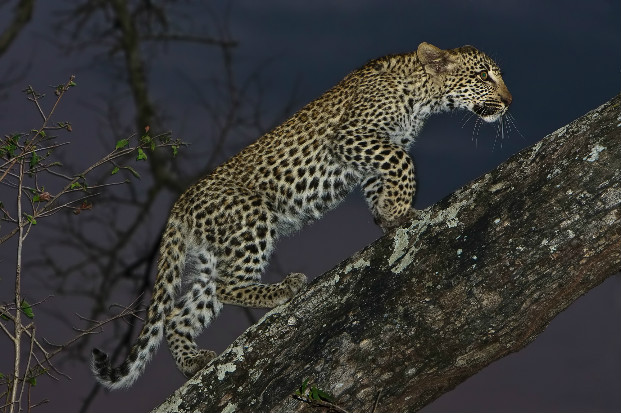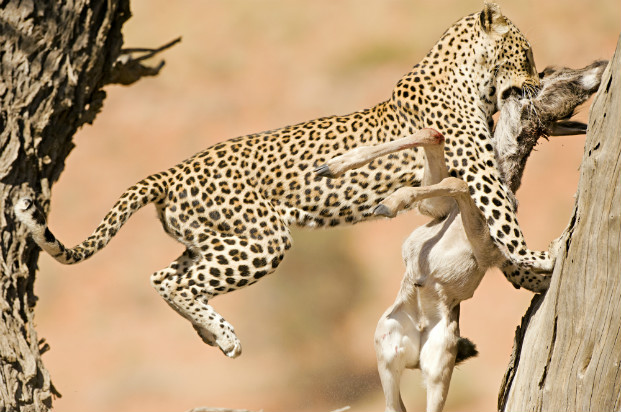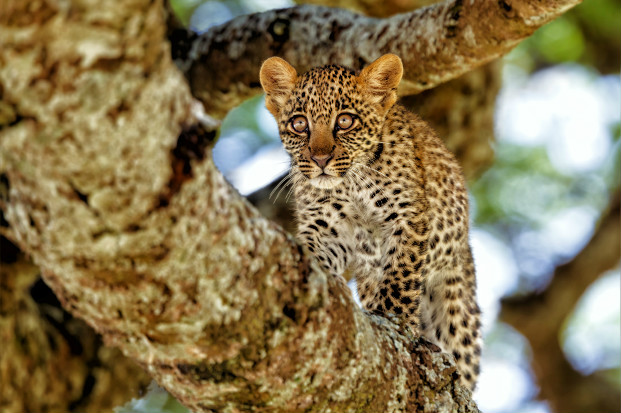The leopard has a stocky build: short legs, long body and, a large skull with a powerful jaw that is capable of inflicting a bite strong enough to pierce a human’s skull. They are famed for their camouflage, stealth and ability to climb trees with a heavy carcass.
They eat a staggering array of food, from rotting meat and insects to antelope twice their weight.
The leopard is under threat all around the world due to human encroachment on their habitat and hunting for trade.
The leopard is one of the Big Five. To find out how this term came about and the other four animals that make up the Big Five please check out our article: 25 astonishing facts about Africa’s Big 5.
Vote for the fact you find most fascinating
Mating leopards will do so every five to ten minutes for two to five days, this is similar to lions.
The call of a leopard is very similar to somebody sawing wood.
A leopard may sometimes remove the gut of its prey so that the smell does not give away its location to scavengers such as hyenas and lions.
It’s believed that modern big cats have evolved from a leopard prototype which was well adapted for taking the smaller prey that the sabre-toothed could not catch.
Lions and leopards eye sight matches that of a human during the day but at night it’s over six times better.
A black leopard is simply a normal leopard that has excessive levels of a black pigment known as melanin.
To keep its prey out of reach of scavengers such as lions and hyenas a leopard will hoist its prey into a tree.
Leopards scent mark and call to ensure that they don’t bump into one another as an angry chance meeting could be fatal, given how well armed they are.







